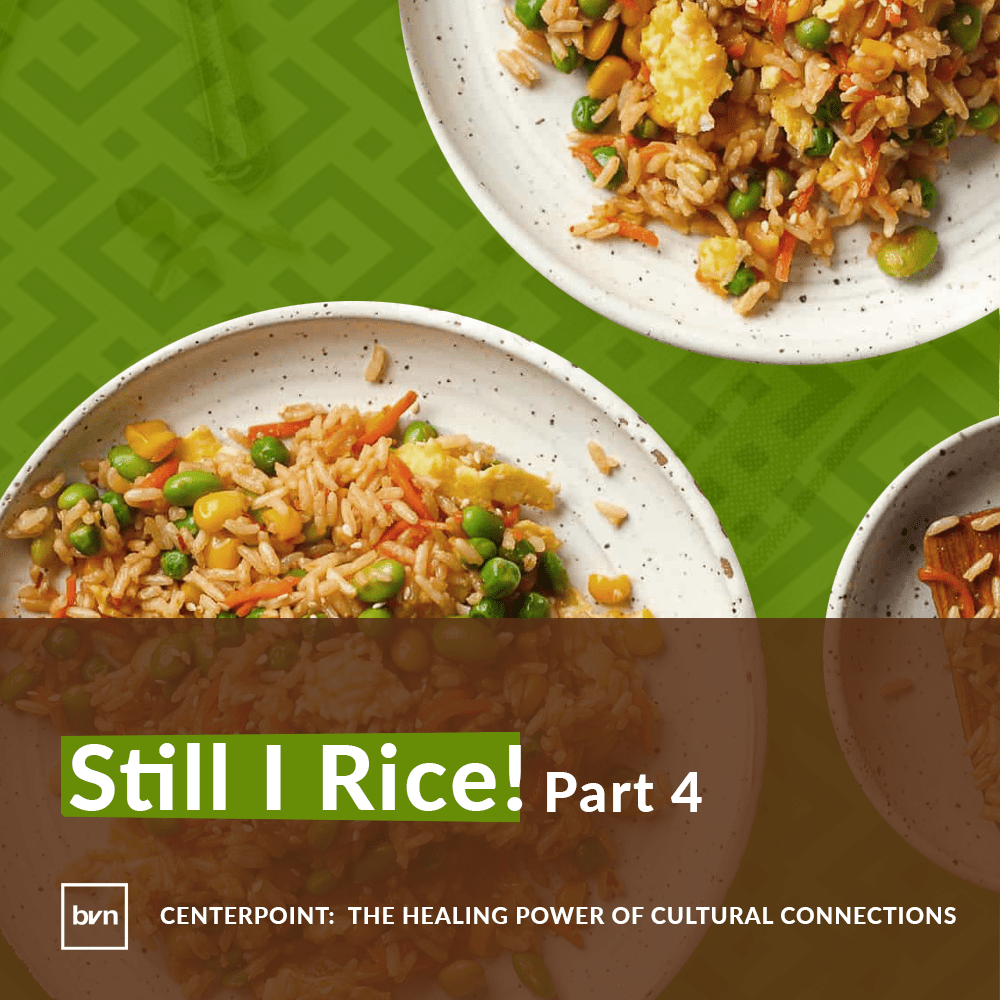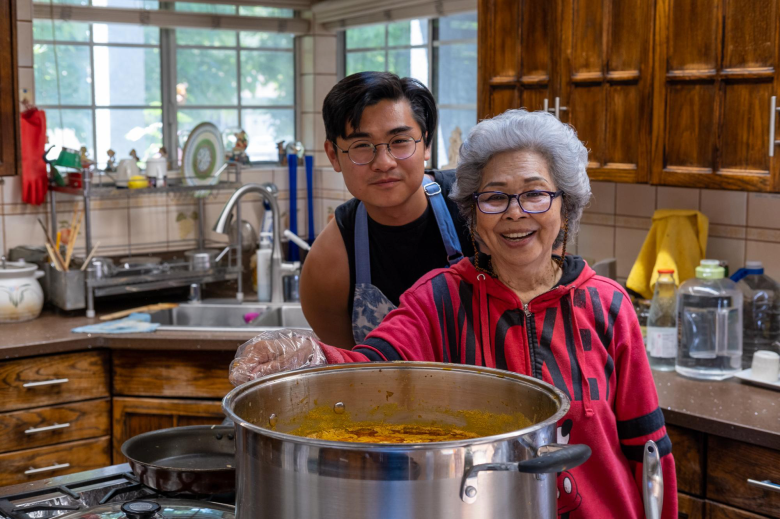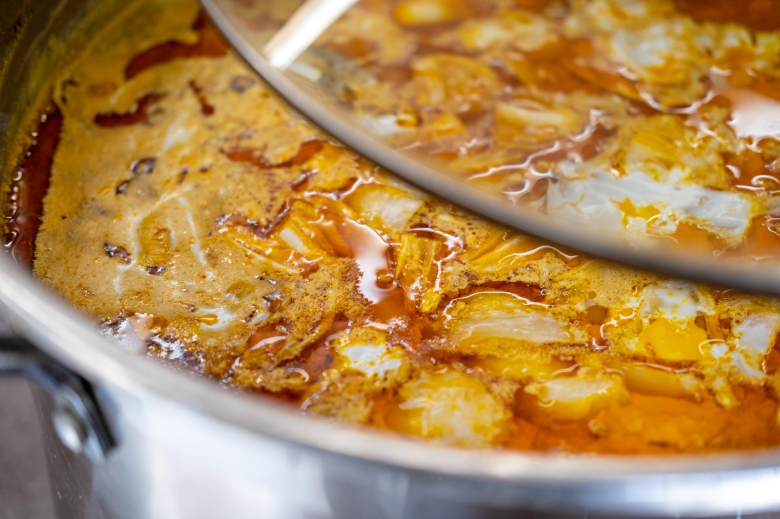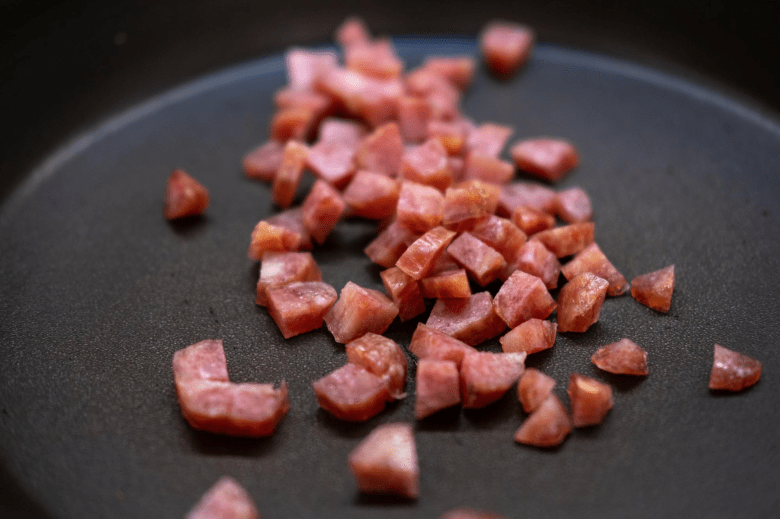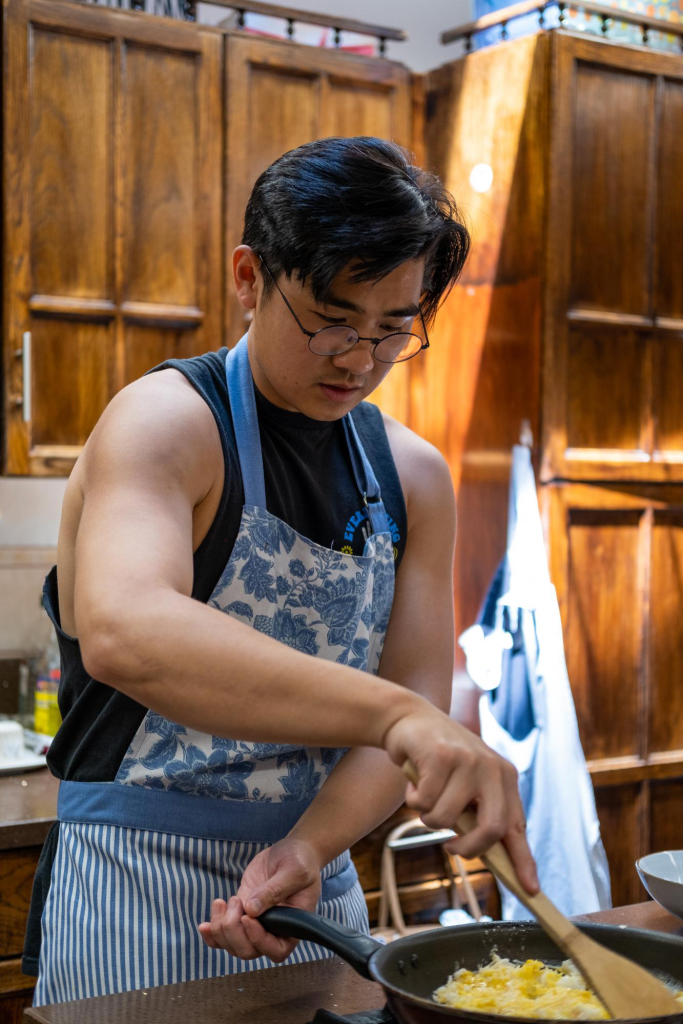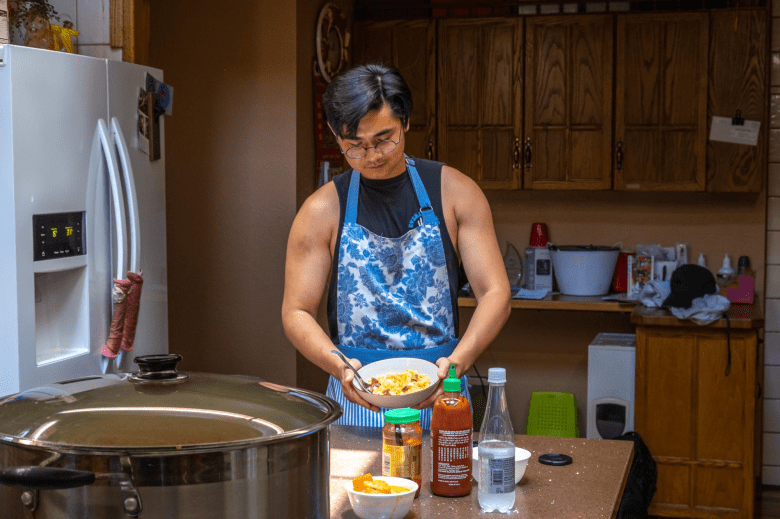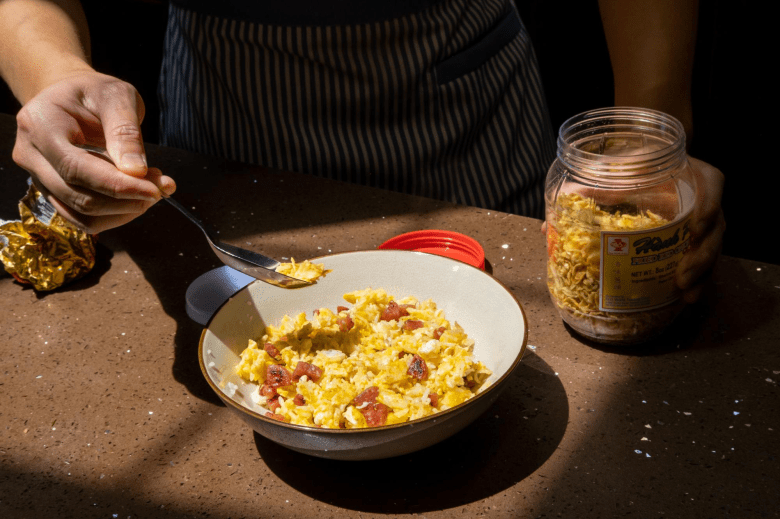Last Updated on December 4, 2023 by BVN
“Core” and “traditional” are words that 25-year-old Ly-Bach Truong uses to describe specific childhood memories as he recalled what it was like growing up in an intergenerational household. The memories aren’t merely experiences from a specific time or place, rather everyday life remembered through meals and snacks.
Truong’s mother, DieuQuyen Nguyen, immigrated to the U.S. in 1978 and his father, Truc Ho Truong, in 1981. When they first arrived, ingredients to make Vietnamese cuisine were hard to find, but by 1981 the community began to grow and ingredients became easier to access.


Growing up as a first-generation Vietnamese American, Truong’s family made a pot of rice in a rice cooker each day. He said there was a good chance you’d find it completely empty after dinner. Rice was a staple for the family and used in a vast majority of the dishes they made. Truong recalled spending time at the heels of his grandparents, learning the various recipes and meals they cooked from start to finish.
One of Truong’s favorites is cơm chiên, Vietnamese fried rice. Truong said that the recipe is traditional. It was passed down to him by his grandfather who would make it for him in the early mornings before school. It contains rice, eggs, butter and sausage, making the flavor distinct, but the preparation fairly simple.
As Truong grew older, cơm chiên was a dish that he continued to crave and began making for himself. The recipe’s simplicity, but rich flavoring, became a go-to for Truong and as life became increasingly busy, he found himself cooking it for dinner in college and now for a quick lunch during his workdays.
Today, Truong’s grandparents are still cooking. He reflects on the ability of cuisine to connect families, as well as children, to their culture.
“When you’re a kid of an immigrant when you’re young, you don’t really care,” Truong reflected. “But the thing that does make them care is the food. All the Americanized kids, they can’t deny that there’s at least one dish that their grandma or grandpa made that they liked — that made them more Vietnamese, less American.”
Black Voice News spent time with Truong in his home to learn about his cơm chiên recipe and how rice is utilized as a staple grain in Vietnamese culture. Check out the recipe and photos below.
This project was supported in whole or in part by funding provided by the State of California, administered by the California State Library.
Still I Rice!
Part 1: Origins: The History of Rice in American Culture
Part 2: A Visual Archive: Rice’s History in African American Culture
Part 3: Un-Gumbo
Part 4: Traditions and Core Memories: Stories through Rice
Part 5: Middle Passage into the Future
Part 6: A Tale of Two Rices
Part 7: Sitting Pretty



